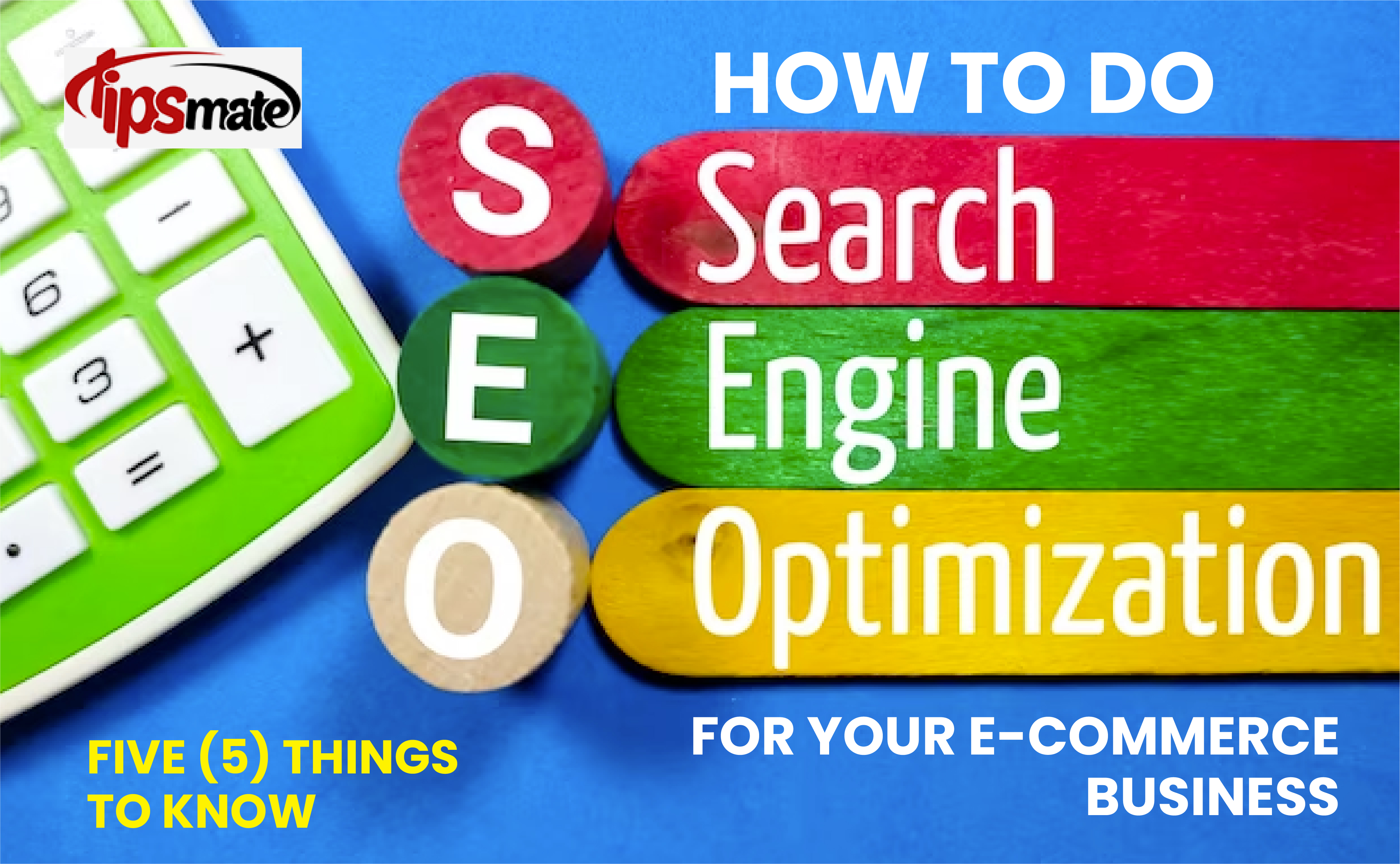Those who decide to sell their products online must keep in mind that doing SEO for e-commerce correctly and effectively is not that easy at all. For this reason, even before starting to work to better position your store on search engines, it is important to know some useful information to perfect your SEO strategies for e-commerce.
How to do e-commerce SEO effectively
Before delving into the 5 main things to know in order to do SEO for e-commerce in the right way, it should be clarified that an e-commerce site is different from a common website and therefore, in addition to the classic principles of SEO, it is necessary also know and put into practice further specific precautions
Choose the right keywords
The study of keywords is also essential and above all as regards the optimization of an e-commerce site. The analysis must take into consideration users' search intent (i.e. the ultimate goal of their searches), search volume (how much a particular keyword is searched for on search engines) and competitiveness (how many and what results returns a keyword search).
Optimize the main tags
As with generic sites, the optimization of the main SEO fundamental tags is an essential aspect also for e-commerce.
The most important element, as always, is the Tag Title , which must not be too long and must contain the main keyword within it.
It is also necessary to take care of the Meta Description as well as possible , although this element does not have a direct influence on the positioning of the site. Despite this, in fact, effectively synthesizing the content of the page, perhaps by inserting the main keywords (without forcing), and enticing the user to click can make the difference in terms of CTR.
The reference keywords must also be inserted in the URL of the pages, which must be short but "talking": this means that it must be able to clarify in a few words the content of the page to which it refers.
The use of the various Titles H1, H2 and H3 has a double value: it helps to better organize the contents of a text and makes it clear to search engines the relevance of the topics.
Up to now we have focused on the textual elements, but it must be emphasized that just as much care must be dedicated to the images and, in particular, to elements such as the File Name , the Title of the image and above all the so-called Alt Text , within the which is recommended to enter the keyword
Choose a simple structure and avoid duplicate content
The structure of an e-commerce must be simple and easy to navigate , both by users and by search engine spiders. The classic structure of the site in silos , through the organization in macro and micro categories and sections , allows to collect the products in a coherent way and to avoid duplicate contents.
For each category you should work on a different keyword. It is also important that each section is linked to those related to it. In this regard, it is advisable to pay particular attention to backlinks and internal links , which are useful for guiding the path of users and search engines
Focus on original content
Many e-commerce sites on the internet use non-original content: the most classic example is the one concerning the descriptions of the products on sale, often copied from the product sheets of the suppliers and reported identical from e-commerce to e-commerce. This is a very serious mistake, which significantly penalizes a site within the search engines. The advice, therefore, is to focus on original content, with optimized text and tags .
Attract quality links
Now that we have seen how to best optimize e-commerce with on-site SEO, it is appropriate to focus on some advice in the field of off-site SEO
Over the years, the indications regarding link building have changed several times: while some time ago the exasperated search for incoming links was a common practice among those who managed a site, now Google penalizes the links obtained in a way considered unnatural.
For this reason, rather than on the quantity of incoming links , it is good to focus on their quality , that is, on the authority of their source. Equally important, in the SEO for e-commerce, is that the inbound links come from sources that deal with related topics .










 Gordon Kokoma
Gordon Kokoma
